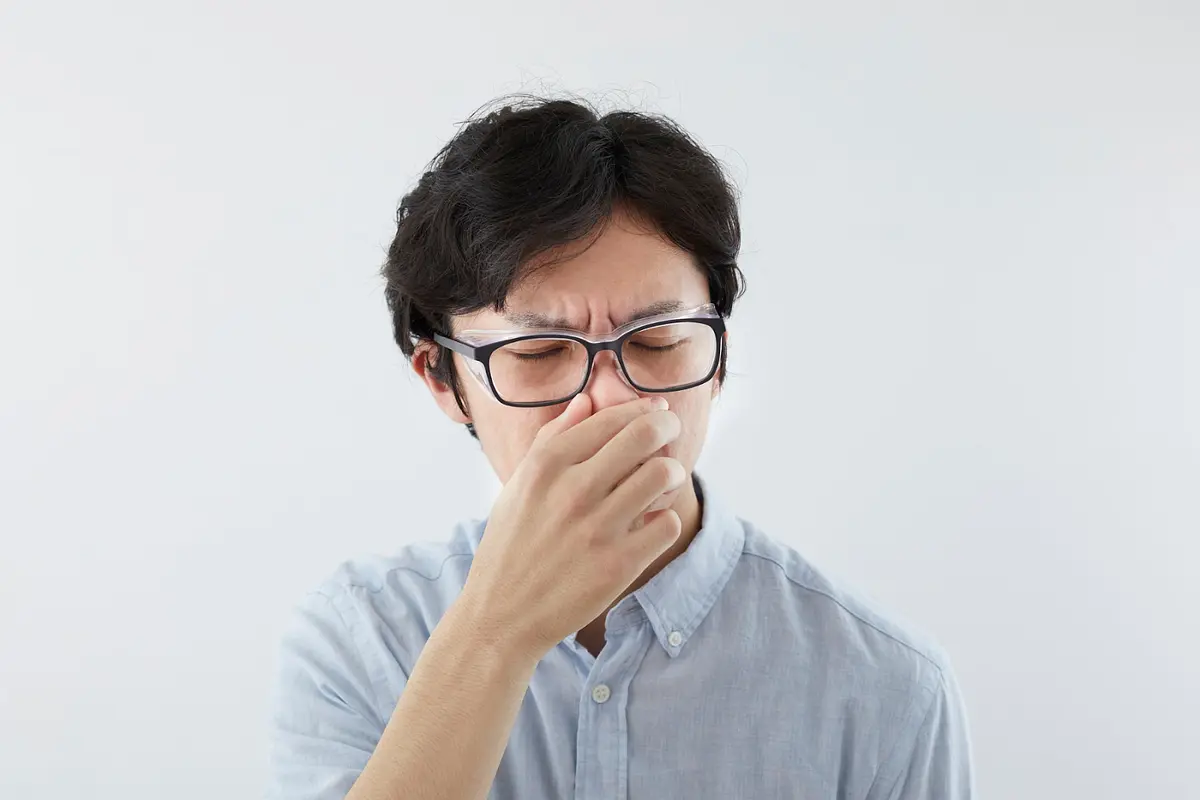
Q1|Why do new homes have a 'formaldehyde smell'?
Top three common sources:1️⃣ New furniture/wooden products: Artificial board furniture (e.g., plywood, MDF, drawer panels) is made with adhesives containing formaldehyde resins, which release formaldehyde over a long period. 2️⃣ Decoration materials: Paint, floor glue, water-based coatings, and wallpaper adhesives may contain formaldehyde, with volatilization periods ranging from several months to years. 3️⃣ Fabric items: Curtains, mattresses, fabric sofas, etc., treated for wrinkle or mildew resistance, may also have formaldehyde residues.
Smelling the odor doesn't necessarily mean it's toxic, and not smelling it doesn't guarantee safety, as formaldehyde at low concentrations may be odorless but still cause chronic irritation.
Q2|What are the effects of formaldehyde on the human body?
Formaldehyde is not just a "renovation smell". Long-term inhalation or exposure to high concentrations can have significant effects on the body:
- Short-term reactions: Dry eyes, tearing, sore throat, coughing, dizziness, skin redness and itching; particularly sensitive for children, the elderly, and pregnant women.
- Long-term effects: The World Health Organization (WHO) has classified formaldehyde as a Group 1 carcinogen, and long-term exposure can increase the risk of respiratory diseases and cancer.
- Common household situations: Hong Kong's new residential units have high airtightness and poor ventilation, allowing formaldehyde to accumulate, with concentrations higher than expected.
Q3|How to know if formaldehyde exceeds standards at home?
No. 1|Professional laboratory testing (most accurate)The most accurate method is to hire a company accredited under the Hong Kong Laboratory Accreditation Scheme (HOKLAS) for on-site sampling and analysis. Samples are sent to the laboratory for chemical analysis (such as the phenol reagent method or gas chromatography GC), providing the highest accuracy, which can be used for legal or insurance purposes.
No. 2|Home testing kits (medium accuracy)There are simple formaldehyde test kits or electronic detectors available on the market for on-site preliminary testing, offering convenience and affordability. However, results can be affected by humidity, temperature, and ventilation, and can only serve as rough indicators.
No. 3|Preliminary judgment by smell (lowest accuracy)If you enter the house and notice a pungent odor, dry throat, or eye irritation, it often indicates a high concentration. However, smell can only be used as a reference, as formaldehyde has no odor at low concentrations but may still affect health.
Q4|How to remove formaldehyde before and after moving in?
💪 Do It Yourself (DIY Methods)
1️⃣ Ventilate with open windows for long periods: Open windows for at least three to four hours daily, continuing for more than two weeks. 2️⃣ Enhance airflow: Turn on fans or exhaust fans to speed up air circulation. 3️⃣ Place adsorbents: Activated charcoal bags, bamboo charcoal, or coffee grounds can serve as aids; or use an air purifier with an activated carbon filter. 4️⃣ Place plants: Plants like spider plants, snake plants, and pothos can help absorb small amounts of formaldehyde. 5️⃣ Maintain stable temperature and humidity: High temperature and humidity can cause formaldehyde to release faster; it's best to keep room temperature at 20–25°C and humidity at 50–60%.
💼 Professional Services
1️⃣ Photocatalytic coating/atomization service: Can decompose some formaldehyde molecules, suitable for use after new renovations. 2️⃣ Ozone or plasma air purification: Need to ensure the service company is safe and compliant, ventilation is required after use. 3️⃣ Professional air testing + treatment: Find service providers with HOKLAS accredited laboratories, with written reports and safety guarantees.
Remember to maintain ventilation, use safe building materials, and thoroughly remove formaldehyde before moving in, so you can live with peace of mind and reassurance!